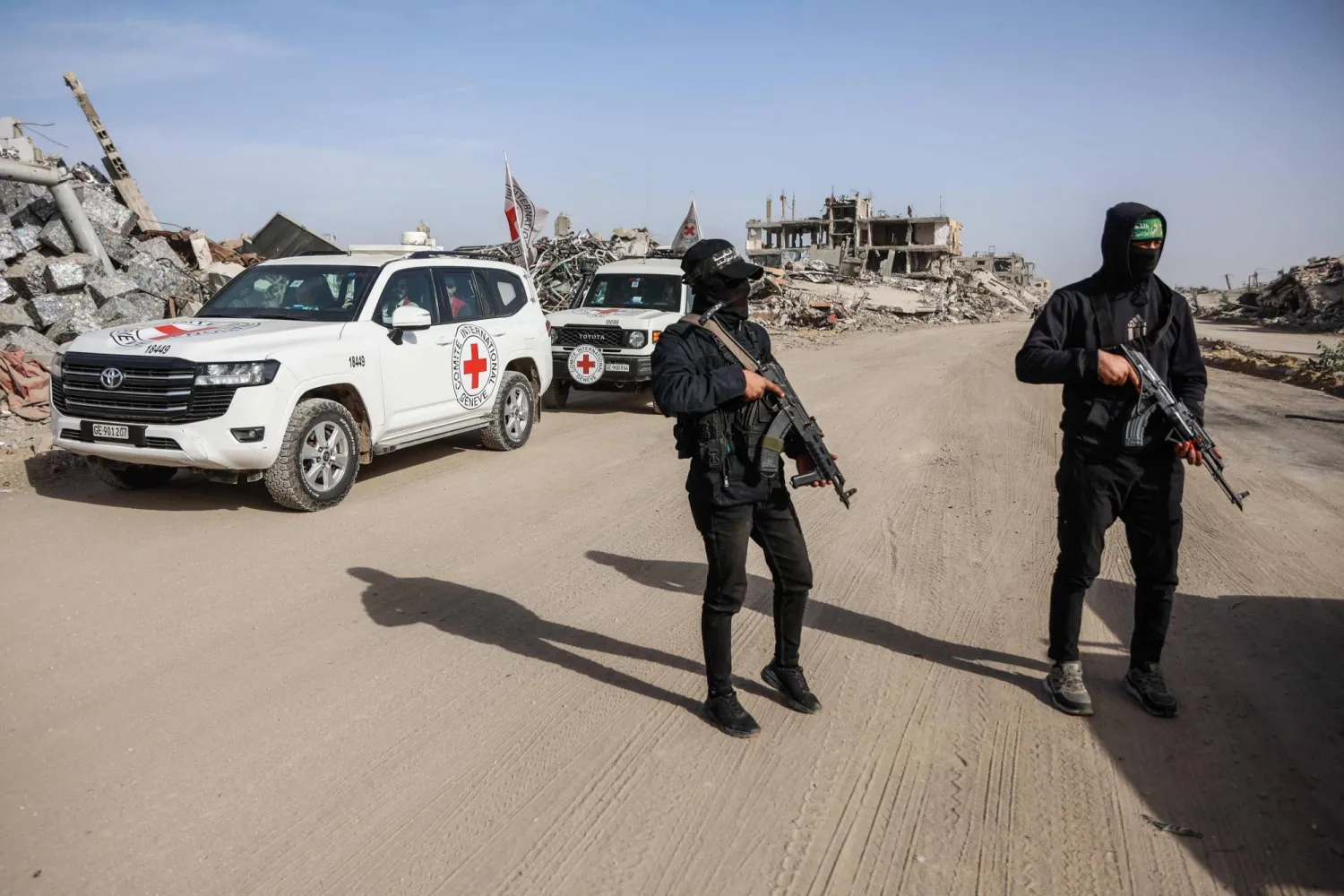Thousands of people were marching towards Sudanese President Omar al-Bashir's residence and the defense ministry in central Khartoum on Saturday, witnesses said, part of anti-government protests that began in December.
They said security forces were using tear gas to try to disperse the demonstrators, who had converged on the compound from three directions.
Earlier, Head of the National Umma Party (NUP) Sadiq al-Mahdi called on Bashir to end the state of emergency and resign, urging his followers to participate in the rallies on the occasion of the 6 April 1985 uprising that ousted Jafar Numari.
Mahdi called for setting up a 25-member council to govern Sudan. "I call on all our people to participate in widespread rallies tomorrow, on April 6, to meet the call of their homeland," Mahdi told worshippers during the weekly Muslim prayers at a mosque in Omdurman, according to a statement issued by his party.
"I call on President Bashir to resign, dissolve all constitutional institutions and form a council of 25 people to govern the country," he added, stressing that the protests are peaceful and that the dream is stronger than weapons.
Worshippers then staged a small demonstration outside the mosque but were quickly dispersed by police who fired teargas.
Bashir called off a speech that the press was invited for a few hours before Saturday protests. Presidential Affairs Minister Fadl Abdullah Fadl denied that the president had such an intention.
Sudanese Professionals Association, spearheading protests with the Freedom and the Change Coalition, said in a joint statement on Friday that rallies will kick off from Kosti, Rabak, El-Obeid, Zalingei, Singa, al-Manaqil, Al-Fashir, Atbara, and others.
The rallies concurring with April’s anniversary are considered the biggest coordinative work between the Sudanese Professionals Association and the Freedom and the Change Coalition since the protests emerged on Dec. 19, 2018.
The veteran leader has remained defiant however, imposing emergency rule and other tough measures that have seen protesters, opposition leaders, and activists arrested.
Officials say 31 people have died in protest-related violence so far, but Human Rights Watch has put the death toll at 51, including children and medics.









